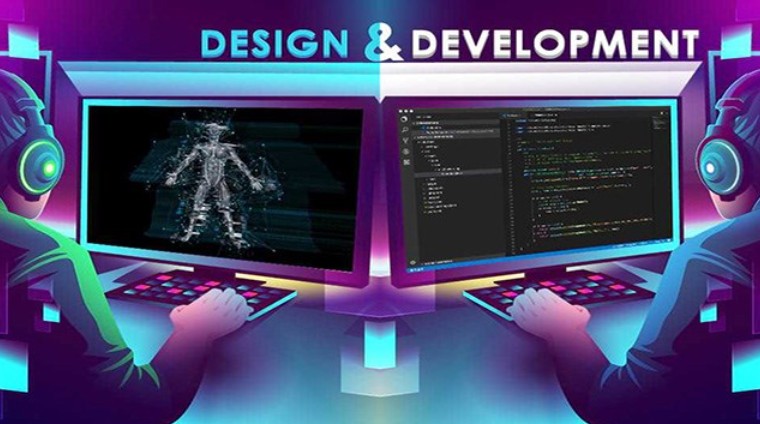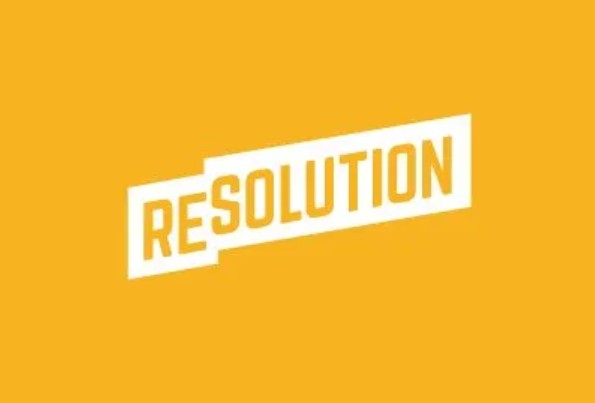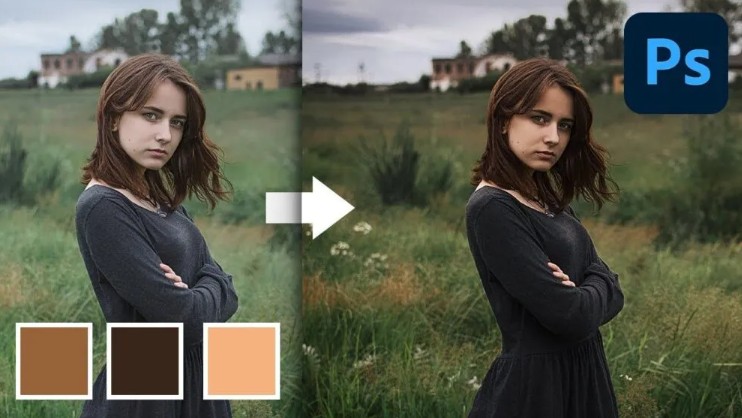Best Selling Products
Top 6 3D Graphic Design Software 'Worth the Money' for Designers
Nội dung
Don't let your software choices hold you back! Discover six powerful 3D graphics solutions that support the entire modeling-to-animation process, helping designers realize every impressive concept.

3D graphic design software is not only an illustration tool but has become a common language of many industries: from cinema, architecture, games to advertising, industrial products... With the advantage of reproducing realistic images, flexible operations and unlimited creativity, 3D graphic software has become an "inseparable item" of every designer.
However, the market today has dozens, even hundreds of different 3D software, each with its own advantages, disadvantages and strengths. For designers, whether they are just starting out or have several years of experience, choosing the right toolkit for their needs, budget and working style is very important.
In this article, SaDesign will introduce the Top 6 3D graphic design software that is most trusted by designers today. We will analyze in detail the features, interface, performance, support community and cost of each software, and give specific suggestions to help you choose easily. Let's explore!
1. Criteria for evaluating 3D design software
Before delving into each software, clearly defining the evaluation criteria will help us have an objective, fair and easy comparison view. Below are 4 key aspects that any designer should consider when choosing a 3D tool for themselves:
.png)
1.1. Versatility
A “good” 3D software cannot just do a single step, but needs to support the entire process from modeling to rendering and even animation.
Modeling: Ability to model with polygons, NURBS, or sculpting—freely giving you the freedom to shape everything from basic shapes to complex details.
Texturing: UV-unwrapping tools, direct painting, or PBR (Physically Based Rendering) support for more realistic looking materials.
Rendering: Built-in ray-tracing engine or real-time preview so you can evaluate lighting and shadows instantly.
Animation: Keyframe, rigging, constraints and simulation systems (dynamics, fluid simulation, smoke, cloth…) to create smooth, vivid motion.
1.2. User Interface & Experience (UI/UX)
(1).png)
The intuitive, logical interface will help designers, whether beginners or experienced, access quickly and operate more smoothly.
Tool arrangement: Clear toolbar, logical hierarchical menu, flexible customizable shortcut keys.
Workflow experience: Ability to customize workspace, save presets (favorite configurations), smoothly switch between modeling, shading, animation modules.
Learning curve support: Integrated basic tutorial tab, demo scene, or quick link to online documentation.
1.3. Scalability
The 3D world is evolving rapidly, and good software needs an ecosystem of plugins, scripts, or addons to keep up.
Plugins/Scripts/Add-ons: From third-party render engines (V-Ray, Redshift) to automatic retopology tools, PBR materials, advanced simulators.
Community & resources: Forums, groups sharing tutorials, templates, models for free or paid. The more users, the easier it is to find solutions when problems arise.
Compatibility: Ability to import and export various files (FBX, OBJ, Alembic…), connect to pipeline studio or other software (After Effects, Substance Painter).
.png)
1.4. Performance & Stability
When dealing with large 3D scenes with millions of polygons, 8K textures, or complex simulations, the software must make good use of the hardware and not crash.
CPU/GPU optimization: Multi-threading support, GPU acceleration for rendering and viewport.
Resource management: Memory paging, object proxies, and streaming assets from fast disk.
Stability: Few minor errors, crashes when rendering or saving files; with autosave/backup mode.
Next, let's analyze each "big guy" in detail with SaDesign to find the most suitable tool for your creative path!
2. Top 6 popular 3D graphic design software
2.1. Blender
Blender is open source and completely free software, developed by the Blender Foundation. Since its launch in 1998, Blender has made a strong impression thanks to its ability to quickly update new features and a large user community.
.png)
Outstanding features
Modeling: Sculpt, flexible retopology; polygon, NURBS, curve modeling toolset.
Animation & Rigging: Supports keyframe, automatic rigging, constraints, curves.
Rendering: Cycles (high-quality ray-tracing) and Eevee (real-time) allow for fast previews.
Compositing & Video Sequencer: Post-processing right in Blender without needing external software.
Advantage
100% free with unlimited features.
Big community, tons of tutorials, free addons.
Constantly updated: every few months there is a new version with powerful improvements.
.png)
Disadvantages
The learning curve is a bit steep for beginners, takes time to get used to.
Some advanced features (like simulation, pipeline studio) are not as good as paid software.
Suitable Object
Freelancers, small studios, students, 3D artists who want to experiment and learn.
Expense
Free of charge
With Blender being the ideal choice for anyone starting out with 3D or on a budget, let's now look at the software with a long history and a large market share in the industry Autodesk 3ds Max.
2.2. Autodesk 3ds Max
3Ds Max is Autodesk's "big tree", appearing since the 1990s and holding a solid position in architectural design, games, and VFX.
.png)
Outstanding features
Modeling: Spline tools, modifiers phong phú (Bend, Twist, Taper…).
Rendering: Arnold renderer built-in; mental ray, V-Ray support.
Dynamics & Simulation: Particle flow, MassFX, Cloth, Hair & Fur.
Interoperability: Convenient connection with AutoCAD, Revit, Navisworks.
Advantage
In-depth, customizable modeling tools.
Support professional pipeline in studio, well integrated with Autodesk ecosystem.
Disadvantages
High price, requires powerful configuration (multi-core CPU, modern GPU, large RAM).
Runs on Windows only, no macOS or Linux version.
.png)
Suitable Object
Game studio, high-end architecture, professional VFX.
Expense
Subscriptions from around $200/month (depending on package and region).
If 3ds Max is "unrivaled" in architectural modeling and games, Autodesk Maya is the top choice for animation and VFX in movies.
2.3. Autodesk Maya
Maya was developed in 1998 and quickly became the standard in the film, animation and VFX industry thanks to its cutting-edge animation toolset.
Outstanding features
Animation & Rigging: Graph editor, Time Editor, Skeleton, Constraints, HumanIK.
Simulation: Bifrost for liquid effects; nParticles; nCloth; XGen hair/fur.
Rendering: Arnold integrated; Viewport 2.0 supports near-realistic preview streams.
Scripting: MEL, Python allows process automation.
.png)
Advantage
Top professional animation, optimized workflow for film and VFX.
Rich plugin and script ecosystem, large community.
Disadvantages
Complex interface for beginners requires time to get used to.
Cost is as high as 3ds Max.
Suitable Object
Professional animation, VFX, and film studio.
Expense
Subscriptions from around $215/month.
.png)
After understanding the two "big guys" Autodesk, let's move on to a familiar choice for motion graphics Cinema 4D people.
2.4. Cinema 4D
Cinema 4D (C4D), developed by Maxon, stands out in the field of motion graphics thanks to its powerful MoGraph module.
Outstanding features
MoGraph: Cloner, Effectors, Fields, Mograph Cache.
Rendering: Physical Render, ProRender (GPU); external Redshift integration.
Materials: Node-based materials; hỗ trợ PBR.
Workflow: Tight integration with Adobe After Effects.
Advantage
Easy to learn and friendly, intuitive interface.
Powerful integration with After Effects, supporting fast motion graphics workflow.
.png)
Disadvantages
It's not cheap, especially when combined with Redshift or premium plugins.
Some rendering tasks (like GI) may be slower than the competition.
Suitable Object
Designer specializing in motion graphics, advertising, TVC.
Expense
Subscription or perpetual licence from ~€59/month (depending on package and region).
If you work in architecture or interior design, SketchUp will probably be your closest companion.
2.5. SketchUp
SketchUp, developed by Trimble, is aimed at fast, intuitive modeling and is popular in architecture, interior design and urban planning.
.png)
Outstanding features
Push/Pull modeling: Drag-and-drop modeling is simple and easy to visualize.
Extension Warehouse: Rich plugin warehouse, from VRay, Lumion to BIM tools.
LayOut: Export 2D drawings, create presentation layouts.
3D Warehouse: Huge library of free models.
Advantage
Super easy to learn, quick to operate, suitable for non-professionals.
Multiple plugins support rendering and BIM, extending flexible features.
Disadvantages
Model detail is not as high as Maya/3ds Max; depends on plugin to render well.
Free version (web) limits many advanced features.
Suitable Object
Architect, interior designer, urban planner, beginner.
.png)
Expense
Basic Web version free; Pro ~ $299/year.
Ultimately, if your goal is digital sculpture and detailed character art, ZBrush is the way to go.
2.6. ZBrush
Developed by Pixologic, ZBrush is the “gold standard” in digital sculpting—allowing for the extremely high level of detail commonly found in AAA games and CG movies.
Outstanding features
Sculpting: Dynamesh, ZRemesher for automatic topology; DynaMesh for merging and splitting blocks.
Polypainting: Paint colors directly onto the mesh without UVs.
FiberMesh: Creates detailed hair, fur, and fibers.
GoZ: Seamless connection with Maya, 3ds Max, Cinema 4D.
.png)
Advantage
Create superior high detail, natural clay-like sculpting workflows.
Trusted by most major game and movie studios.
Disadvantages
Not a traditional polygon rendering tool; usually requires a retopo workflow outside of ZBrush.
Strange interface, need time to get used to.
Suitable Object
Artist specializing in character, concept sculpt, game assets.
Expense
Perpetual license approximately $895 or optional subscription.
.png)
After going through the details of the 6 software, you can consider the following summary table (bullet form for easy visualization):
Blender
Autodesk 3ds Max
Autodesk Maya
Cinema 4D
SketchUp
ZBrush
Free, open source
Basic multi-tasking (modeling, animation, rendering)
Rich community and resources
Strong in modeling and architectural coupling
Expensive subscription, Windows only
The pinnacle of animation & VFX
Complex interface, high cost
Easy to learn, strong motion graphics
Medium-high cost
Super intuitive for architecture, interior
Basic free; extra render plugin
High detail sculpting
High license, need retopo
General selection suggestions:
Limited Budget: Blender or SketchUp Web
Professional Animation/VFX: Maya > 3ds Max
Motion graphics & TVC: Cinema 4D
Architecture & interior: SketchUp Pro + render plugin
Digital sculpting & character art: ZBrush
3D graphic design has become an indispensable tool for any designer today: advertising, film production, architecture, games... Each software in the Top 6 has its own strengths, carefully consider your goals, working style and investment ability to choose the most suitable tool set for yourself. Don't be afraid to experiment in parallel, combine multiple software in the workflow to take advantage of each tool's unique strengths.












































